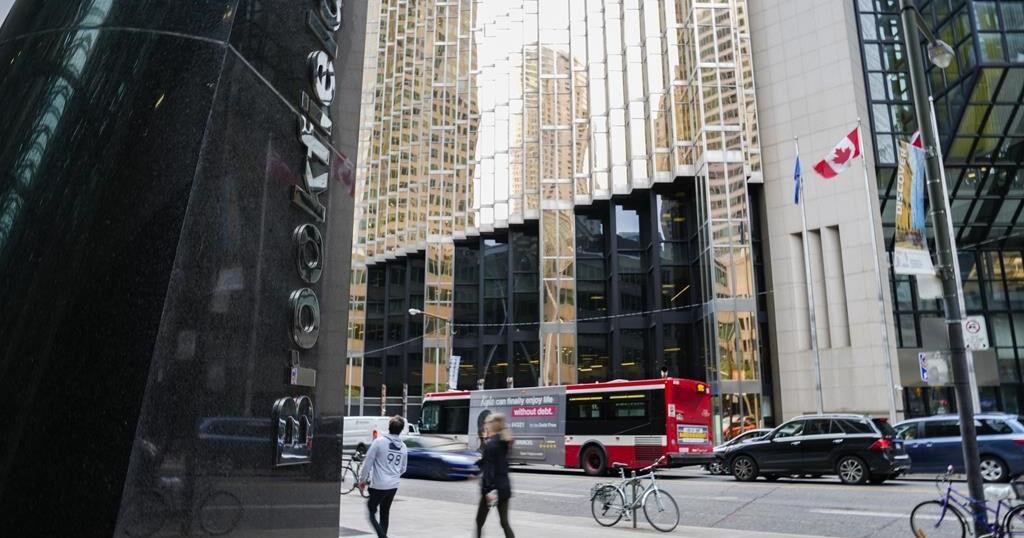A rate hike could impact your savings positively. At least, that’s what most banks said following the Bank of Canada’s latest rate hike, which increased the cost of borrowing last year. As a silver lining, the interest rates offered for savings accounts and investments typically rise along with interest on the debt.
Theoretically, they’re correct. But in reality, the interest rates most savers earn on their emergency funds haven’t changed yet. Most of the major banks pay roughly 1.5%–2.5% on deposits, which is a far cry from the year’s predicted inflation rate of 4.5%–6.5%.
All that is a fancy way of saying your emergency fund will continue to lose value this year. Here’s how you can prepare for another tough year for savings.
Resist the Stock Market
When you’re earning dismal interest on a basic savings account, you might be tempted to invest your savings instead. Over the long term, you’ll receive greater returns in the stock market. However, you are vulnerable to short-term volatility.
In a year flagged for a recession, now may not be the time to invest in short-term savings. You could actively lose money in the stocks if your emergency forces you to cash out at a bad time.
Transfer Your Fund to a High-Yield Account
While basic accounts offer interest of around 1%, some online banks offer high-yield accounts. These accounts can earn between 3%–5% on your deposits. By switching banks, you might break even with inflation.
While shopping around, make sure you read through account conditions carefully. Sometimes, a bank will exchange high-interest rates for minimum balances, draw fees, and transfer delays.
Since your emergency fund should be easy to access, you should make these concessions carefully.
Have a Safety Net in an Emergency
No emergency fund is invincible, even when the rates are good. If your next emergency is more than you have tucked away, you can put the difference on an emergency loan or line of credit.
Before you borrow, it’s a good idea to research your options. As the lender Fora outlines on its website, there are a lot of emergency loans available online today. You can learn more about emergency loans through Fora before comparing the rates and terms of individual loans or lines of credit.
All this work reviewing your options can help you understand the cost of borrowing in your emergency. This will give you a chance to find the best option for your finances.
Adjust Your Savings Goal
Most financial advisors parrot the same-old advice for emergency funds: save three to six months of living expenses for the unknown. Usually, this gives you a reasonable amount of cash to use in an emergency — whether it’s an unexpected car repair or sudden layoff from work.
However, you’re living in unpredictable and challenging times. Not only are everyday items more expensive because of inflation, but economists also believe there’s a reasonable chance of a recession in 2023.
Increasing how much you squirrel away in an emergency fund may set you up for better success for a rocky future.
The Takeaway:
You’re living through an unusual moment. Your usual savings routine needs an update to reflect these times. Tweak your savings, get a line of credit, and lock in on a better savings rate. These small changes can help protect your emergency fund.
Related


































